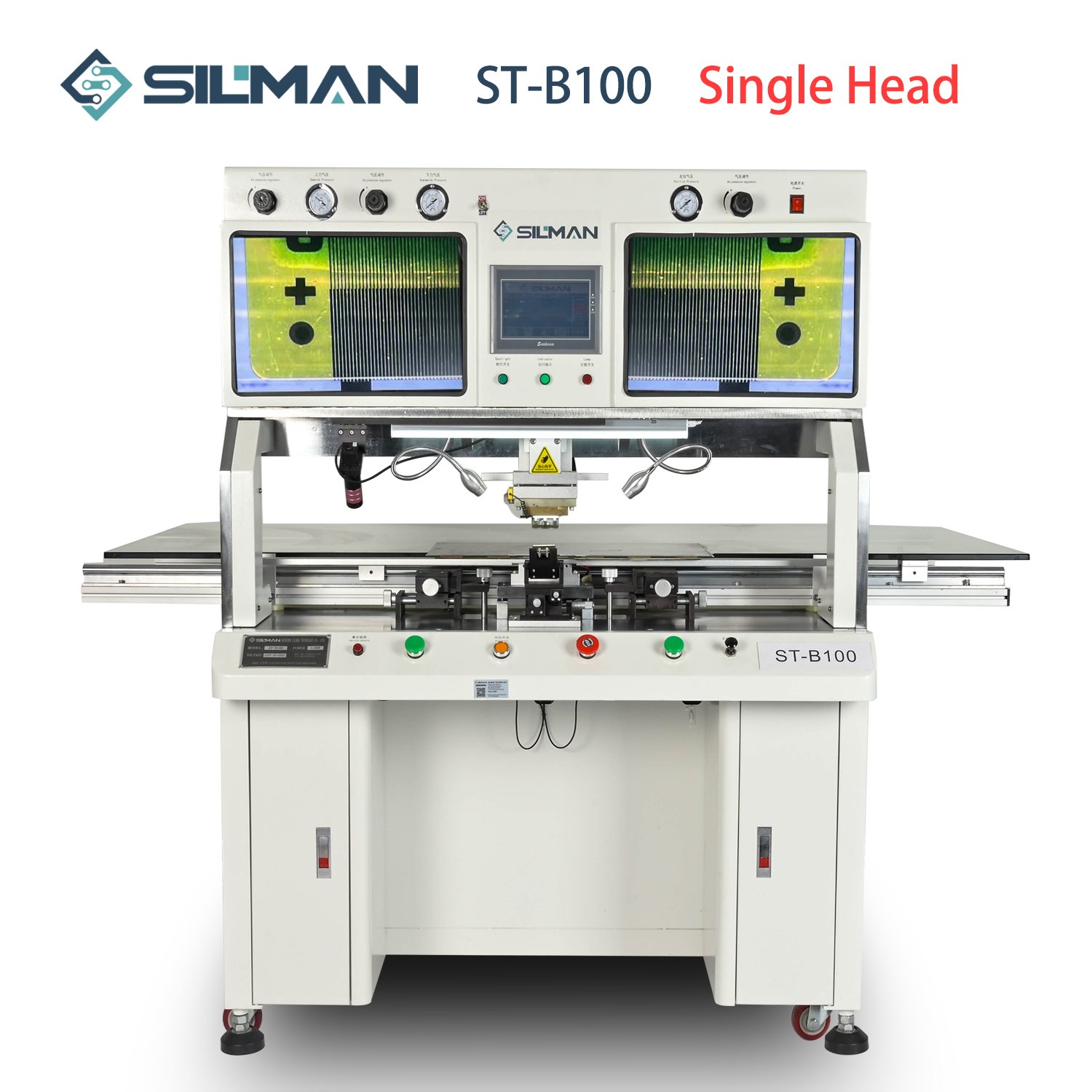- Improper temperature settings for preheating and solder pot, resulting in poor activation of flux or insufficient PCB temperature, which leads to insufficient solder temperature, causing decreased wetting and flowability of the liquid solder, resulting in bridging between adjacent solder points.
- Low soldering temperature leads to inadequate heat absorption by the PCB, resulting in decreased solder viscosity and reduced solder flowability.
- Inadequate composition of the flux leads to insufficient activation, or insufficient and uneven application of flux (changing to other flux types or increasing the application volume and flow rate can help).
- Transport speed is either too slow or too fast (adjusting the speed and enlarging the track angle is recommended).
- Design issues with the PCB itself, such as insufficient drag soldering position of the solder pad (the solder pad can be moved slightly), or inadequate knowledge of flux product basics.
- Unclean or oxidized component pins/PCB pads, which can affect the flowability of the liquid solder on the pads or component pins, especially during detachment moments, where solder may become trapped between solder points, resulting in bridging.
- Irregular or tilted pins of through-hole components, which, prior to soldering, have already approached or touched each other.
These are the reasons for selective wave soldering bridging. We hope this information is helpful to you. If you have any further questions or need clarification, please feel free to contact us.
